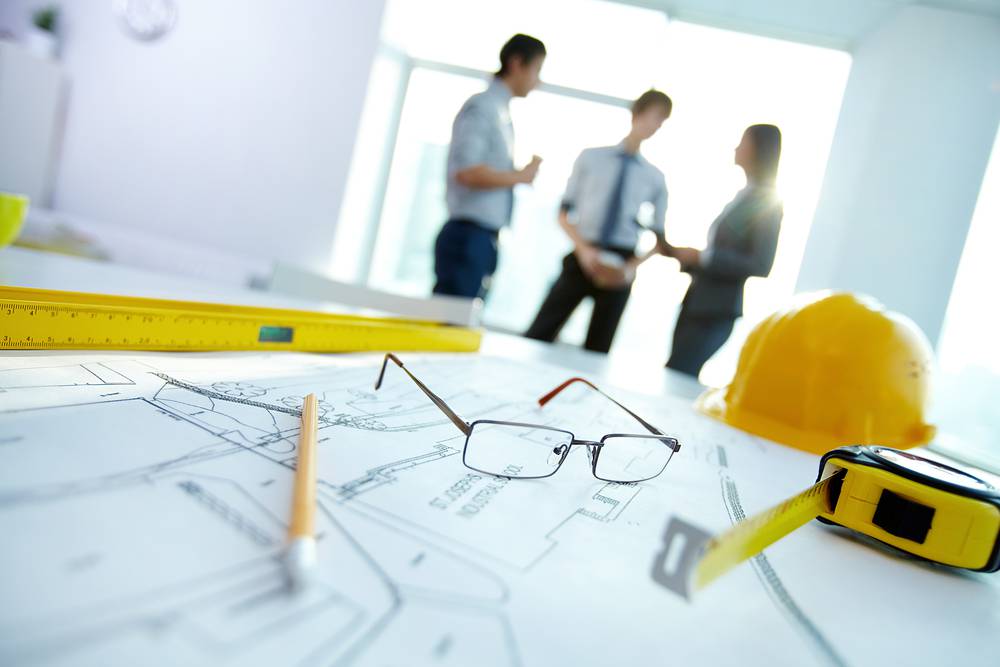The construction industry is rapidly changing. There’s an increasing focus on sustainability, resiliency, and energy efficiency. Clients are expecting higher quality projects while also wanting shorter construction timelines on tighter budgets. Technological advancements are reshaping the way we design and construct the built environment. All of these are leading to increasingly more complex construction projects.
A Changing Environment
As building projects increase in complexity, there is a growing need for stronger collaboration between architects and general contractors. The traditional design-bid-build delivery method is too siloed to keep pace with construction’s current evolution. To meet the needs and wants of clients, there’s been an uptick in the use of alternative delivery methods such as Design-Build, Construction Manager at Risk, Integrated Project Delivery, and Design-Assist.
These project delivery methods focus on bringing architects and general contractors together earlier so they can work together earlier in the design phase and carry on that collaboration all the way through project completion.
Architects expect contractors to transform their vision for a project into reality. This means following the plans and specifications exactly as they are drawn and written. Seems simple enough, but it doesn’t always work out that way in the real world.
Eliminate Us Vs. Them Mentality
Sometimes what the architect puts on paper or the products they specify either aren’t feasible, aren’t available, or the contractor thinks that going in another direction would be a better solution. By engaging general contractors earlier in the design phase, architects can leverage their experience and expertise which can lead to better design. Contractors can advise on everything from value engineering and cost estimating to determining the best construction method and the selection of building materials.
The general contractor’s role isn’t to dictate how a building should look but instead aid in enhancing the constructability of the architect’s design. By leaning on a general contractor’s knowledge base and experience in the field, architects can apply that real-world experience in developing project documents that can be realized on the jobsite.
Time to Work Together
True collaboration between architects and general contractors can greatly reduce the amount of request for information (RFIs), change orders, and costly rework. Identifying and resolving issues prior to the start of construction will go a long way in mitigating schedule delays and cost overruns.
Disagreements will happen but they should lead to discussions and collaborative problem solving rather than discord and finger pointing when issues arise. Getting architects and general contractors together early on allows both parties to start building a relationship together and establishing a rapport.
Establishing good lines of communications are vital to a project’s success. If architects and general contractors can get to a level of mutual understanding and respect in the early stages, they’ll start to rely on each other’s insights and recommendations. This means working together as a team rather than separate companies working toward the same goal but with conflicting ideas on how to get there.
Architects and contractors are often thrust together against their will with the only thing in common being their client. Every relationship starts with an introduction, so schedule some time to get together to discuss the project and establish some common ground. When working through the project be sure to rely on each other’s strengths and expertise. As work progresses, trust will be built between the architect and contractor which will strengthen the relationship.
